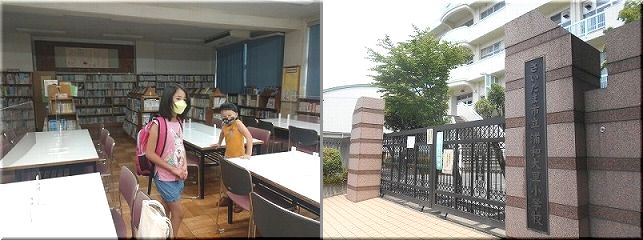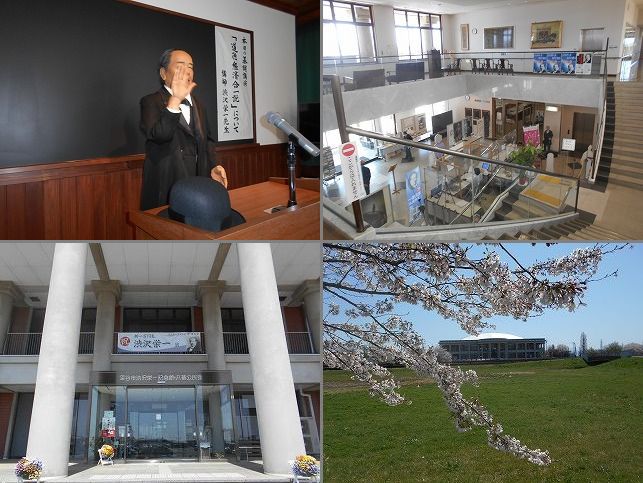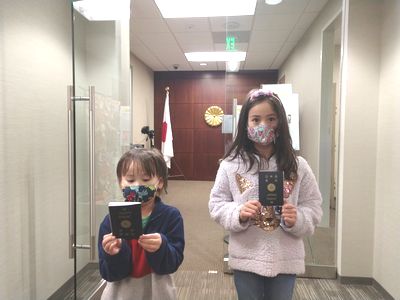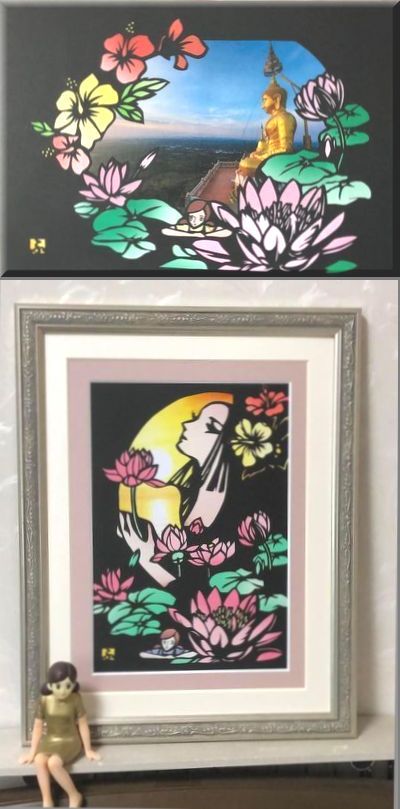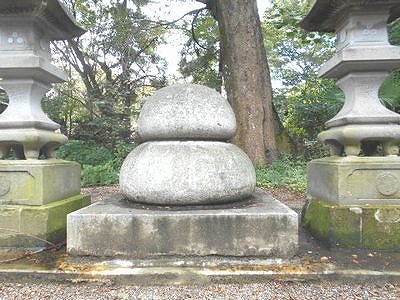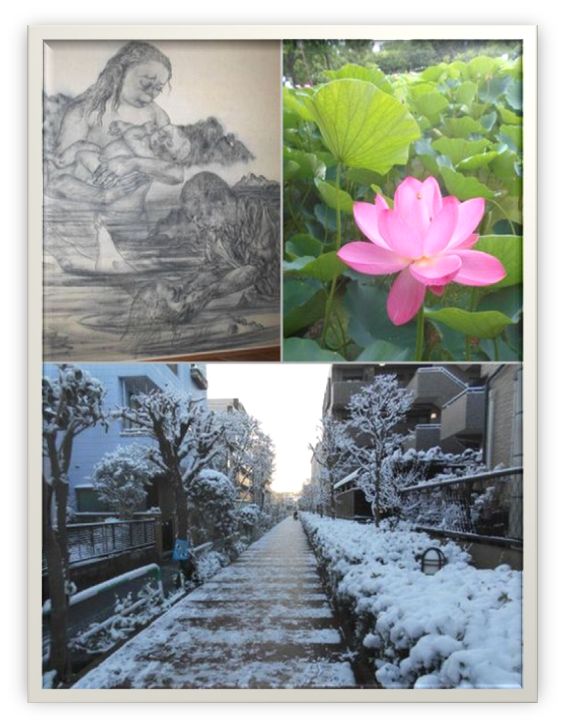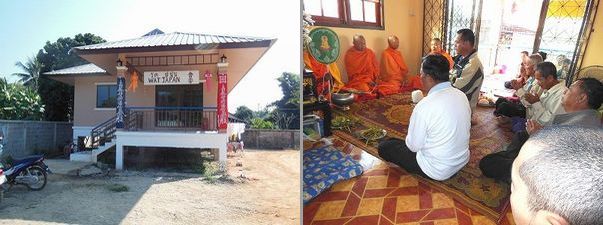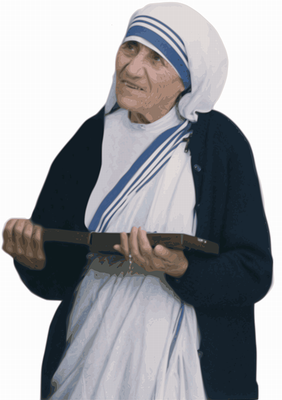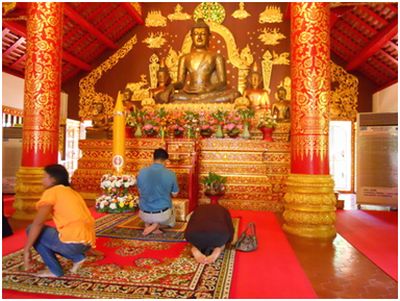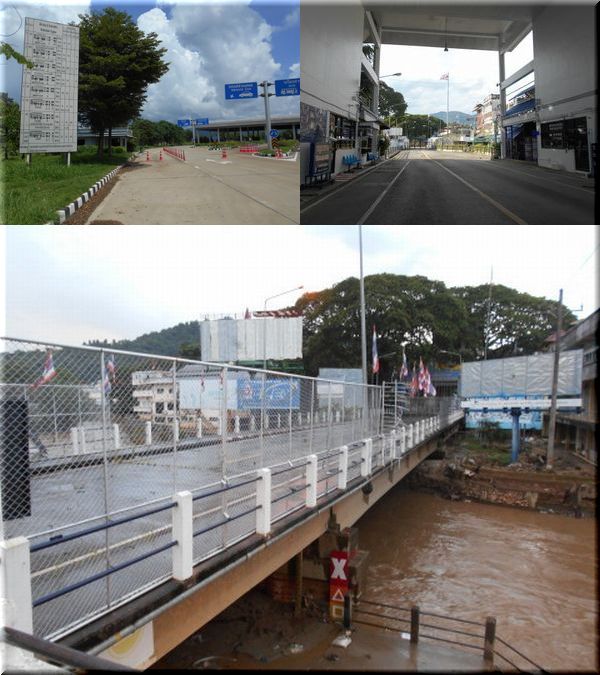
In addition to the simple report from the field on 20th September, I will post Mae Sai (Myanmar) coverage on 16th September and the 4th Friendship Bridge (Thailand/Laos) in Chiang Khong on 23rd September.
I wouldn’t say I like long posts, so I’ll post them in a simple and easy-to-understand manner. And this blog can only attach three photos, so please take a look at it, as the remaining posted on Facebook.
Thailand’s northernmost border is Myanmar’s Tachileik city across the Sai River. Japanese people living in Chiang Mai and Chiang Rai also pay 500 baht for visa extensions and go on day trips. In addition, in the middle of the long Mekong River from Yunnan Province in China to the Mekong Delta in Vietnam, a bridge was completed with international aid between Thailand and Laos in 1994.
In the past, we used to communicate with each other by boat from ports such as Chiang Khong for a long time, and SUCHITOO has also been to Buan Balabang, a World Heritage Site, several times from here.
Mae Sai was originally a town where many Chinese lived. It is a town with many Chinese from Yunnan Province since the defeated Kuomintang soldiers fled from China’s independence in 1949. In addition to Mae Sai, Doi Mae Salong, is more than 10 kilometers away. It located in the heart of the mountains, had been the drug zone, but it became production area for tea, shiitake mushrooms, delicious chicken, and a scenic spot for Chinese cherry blossoms. There are many Chinese temples in this northern region of Thailand, and we are also involved in various businesses such as hotels.
On the day I visited, the border bridge (approximately 50 meters) was closed in both countries, and it was “almost three years” (because of the COVID-19 pandemic and Myanmar’s military coup in February 2021), the guards who were wary of illegal immigration at night were lamenting.
However, even if there are no tourists or businesspeople, Chinese-owned hotels, jewelry stores, souvenir shops, and general stores are still open, even though many are closing or closed. It fled from China, but there is nowhere to run anymore! If they kicked out of Thailand, what happens next? In a sense, it is also an area where it is easy to get information, so I can’t throw it away.
Mae Sai is not one of big distribution bases, but it is the best area with many people.
Logistics base is in the ancient city of Chiang Khong. Sometimes I see more than dozens of Chinese ships that are not that big. Also, the Golden Triangle between Mae Sai and Chiang Khong was once full of Chinese tourists when I went there three years ago.
It felt like the place was taking over by the Chinese.
The 4th Friendship Bridge that spans Laos and Thailand beyond that is a splendid bridge that you can go back and forth after completing the procedures for your car. I went there for the first time. Mae Sai was closed to in coming people and things, but here it was allowed a little, which surprised him. Several groups of Western tourists were returning from Laos. The Lao government allows 2-night, 3-day trips, but this is only for limited buses, and while general car are still closed, there were about ten people lined up for the truck service procedures.
It is also seeming to be only allowed cars, and the parking lot around the bridge was full of closed cars. Five bridges span Thailand and Laos. Starting with Australian aid in 1994, the second (Japanese ODA aid), third, fourth (Chieng Khong and Faisak, 2013), and fifth international bridge booms.
A word from SUCHITOO: Should it remain closed forever?! I am worried about the children who went to school in Mae Sai from Tachileik. It is worrisome that the work opportunities for the hill tribes have become distant from the mutual assistance of the Chinese. We now have phones and cars, but the competition for jobs will increase and the wage cost of employment will decrease! Will the drug age return without a job? I’m worried. I stayed at a large Chinese hotel in Mae Sai, but there were only a few groups of guests that day, and I couldn’t even eat.
